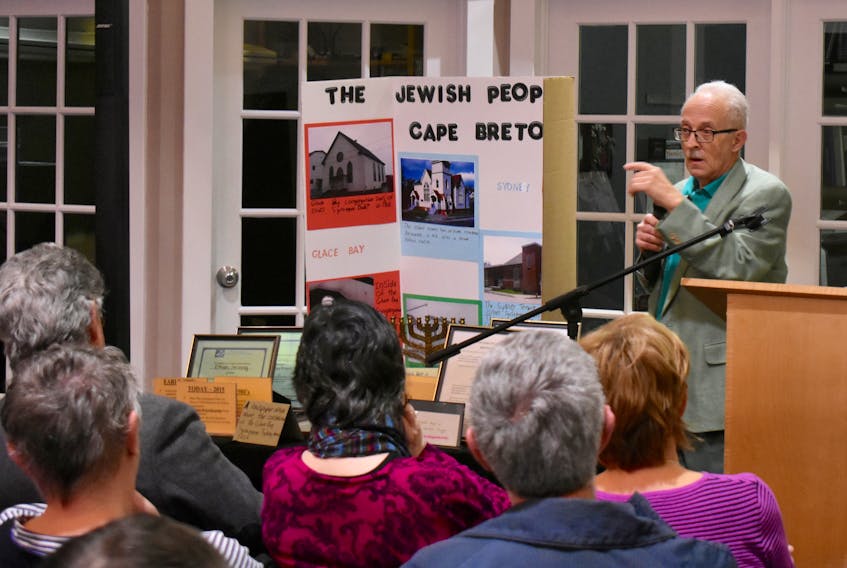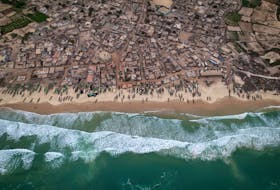SYDNEY, N.S. — In an ironic twist of historical interest, Canada’s federal library purchased a rare Nazi book that mentions a number of Cape Breton communities just days before a downtown Sydney lecture detailed the area’s long Jewish past.
Last week, Ottawa’s Library and Archives Canada announced it had acquired one of Adolf Hitler’s personal copies of a 137-page German language report called Statistik, Presse und Organisationen des Judentums in den Vereinigten Staaten und Kanada (Statistics, Media and Organizations of Jewry in the United States and Canada), that was compiled by Heinz Kloss in 1944.

According to archives officials, the book’s data includes details about Jewish population statistics and key Jewish organizations in certain Canadian cities. And that information, says the president of the Association for Jewish Studies, serves to validate the fears of a Nazi invasion of North America that were expressed by so many Canadian Jews during the Second World War.
“While these fears may seem unfounded given the geographical distance of Nazi Europe to Canada, this handbook offering detailed statistics of Jewish populations across North America underlines their nightmarish potential,” said Rebecca Margolis, who is also a professor in the University of Ottawa’s Jewish Canadian Studies program.
The book, purchased for $6,000 from a reputable Judaica dealer, is believed to have come from Hitler’s alpine retreat near Berchtesgaden after it was sacked by Allied soldiers in 1945. It was part of a confidential series and was only for official Nazi use.
While all the book’s details have yet to be made public, it is known that Glace Bay was among the communities named in the report.
Meanwhile, two days after the book’s acquisition was announced, the Old Sydney Society’s downtown Sydney venue hosted a Stephen Nathanson lecture about Cape Breton’s Jewish communities.
While Nathanson’s lecture provided insight, at times humorous, into the lives of Cape Breton’s early Jewish communities, he only briefly touched on major issues such as discrimination, the Second World War and the Holocaust.
“Most Jewish people keep a lot of that stuff to themselves, unless it’s something vicious that happens publicly — they just don’t open up on it, they keep quiet,” said Nathanson, who delivered his lecture to a full house at the Old Sydney Society that is now located in the high-ceilinged former Bank of Montreal building on Charlotte Street.
Back in Ottawa, the recently acquired book was unveiled to the public on Sunday as part of International Holocaust Remembrance Day commemorations. On Jan. 27, 1945, Russia’s Red Army liberated the largest Nazi concentration camp at Auschwitz-Birkenau.
Related:









